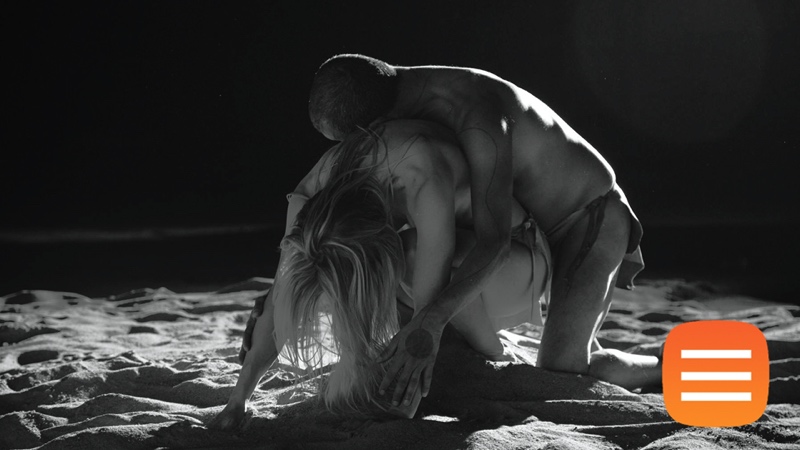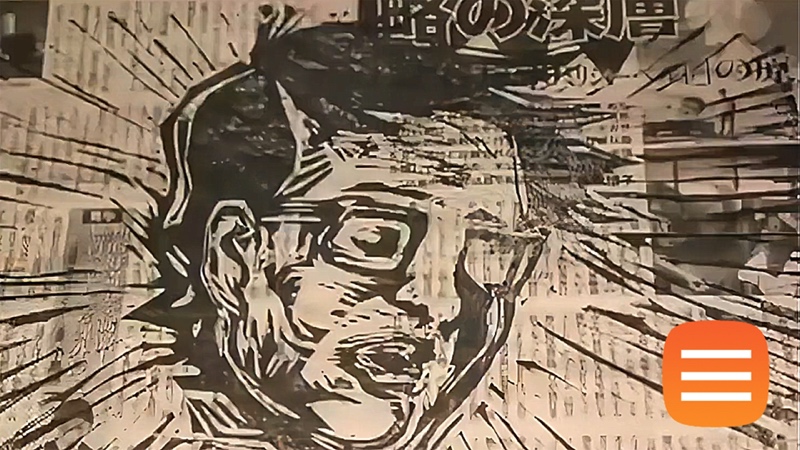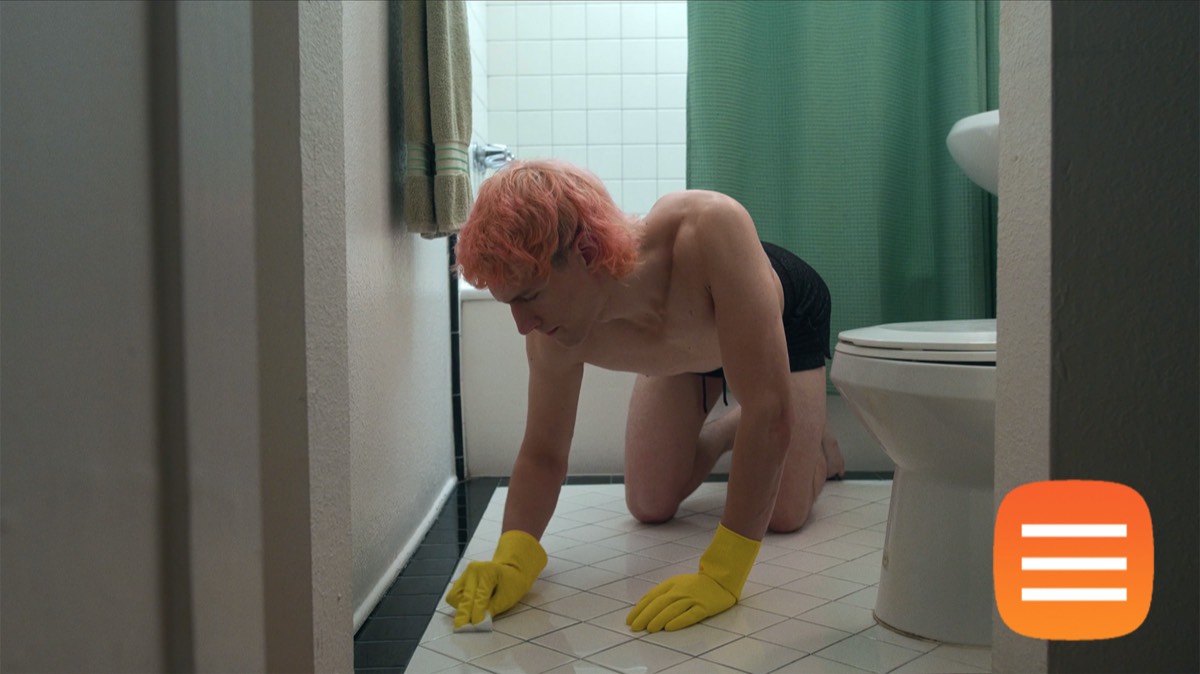“A wry masterful opus of rotoscopic alchemy.”
Notice of Rejection
The protagonist appears to be unmoved by historical barbarism and societal injustice – until rejection hits home – then it’s a different story. After multiple failed applications, he decides to see if rejection can be turned around, made benevolent, and perhaps even grow into something that changes his life.
Steven Vander Meer
Director Bio :
Steven Vander Meer has been making animated films on 3×5 inch plain index cards since 1988; his award winning films have screened at festivals all over the world, including Sundance, Slamdance, Annecy and Palm Springs. From his studio in Northern California, he creates imaginative and whimsical works that delight the eye and stimulate the mind.
Director Statement :
This film is made of drawings. Obviously, right? It is the act of drawing, though, that pushes my creativity. Drawing is not a means to an end, it is rather the entire purpose of my filmmaking. In most conventional animated films, drawings are used to tell a story. In my work, I draw, I make the drawing appear to move, and I build up a story to tie them all together. I am an artist who’s medium is drawing; film comes in second.
I animate on 3×5 inch index cards because of the limitations they impose, and simply because I like drawing on them. One can only get so much detail in 15 square inches, and by drawing and re-drawing things like backgrounds, one tends to simplify… a lot. As a highly organized artist, index cards have a practical appeal as well, they make neat little stacks that can be previewed flip-book style, and they squirrel away into the small drawers of a library card catalog, each one meticulously labeled, naturally.
Each index card is rubber stamped with an “odometer” box where I write the number of the drawing. I began doing this many years ago because (1.) in animation you always number your drawings and (2.) there are no margins on the card to write in and (3.) numbering on the back of the card was totally impractical. Over the years, the numbering has gradually taken on more meaning for me personally. In a philosophical sense, I consider my film to be just one drawing, but made up of many parts, just as the three paintings in a triptych make up a single work of art. Therefore it makes sense for me to number the parts. I pay attention to numbers and use them in my artistic decision making process; there is less science and more intuition in that practice, but it feels better than making completely arbitrary decisions.
Along with the “odometer” in this film there is an audio accompaniment, sounding as if the viewer were thumbing through a very large flip-book. It’s a constant reminder that you are looking at a series of small, non-moving images, all on a single layer. There are no static backgrounds, every element on every frame, of which there are 12 per second, had to be drawn by hand each time. I don’t do it this way so I can brag about the amount of work that went into a film, it’s the way of working that makes the film. In those hours of animating, decisions are constantly being made, and those choices decide how the film will ultimately turn out. I do follow a rough story board, but it changes as I go, and the details are filled in on the fly.
There are two main characters in the film; I consider the “Notice of Rejection” itself to be an antagonist, while the protagonist happens to look a lot like me. The Notice is made of yellow paper which is physically cut out and glued onto each drawing. I did it this way to give the character a life and a style of it’s own. This turned out to be a lot of extra work and a little bit messy with the glue, so I’m not sure it’s a technique I’ll be using again soon. I used a home-made rotoscope device with video footage of myself to get the main character’s movements. Integrating the rotoscope animation with the imaginary stuff was a particular challenge.
Dirt. A lot of it got into this film, and I left it there on purpose. I began animating before computers were a thing, back then we used real film. In actual film editing everything has to be kept very clean, and I felt the same way about my little drawings, so I took good care of them. Over the years as computer animation gradually became mainstream, I subconsciously tried to keep up appearances by “cleaning” my drawings after they were scanned – a tedious process in Photoshop. In Notice of Rejection, however, I have embraced the fact that these little drawings get dirty with graphite dust, eraser crumbs, fingerprints, glue and other tiny bits of detritus. I purposely used soft pencil, not ink, for lines, and then smudged and smeared it further. I feel that the more “hands-on” my work looks, the better. In some cases, such as when a piece of dirt got stuck to the scanner and appeared static in the film, I would digitally erase that because I felt it was distracting. It goes against my nature to be messy, but I hope to have struck a balance in this film between orderliness and dirt.








